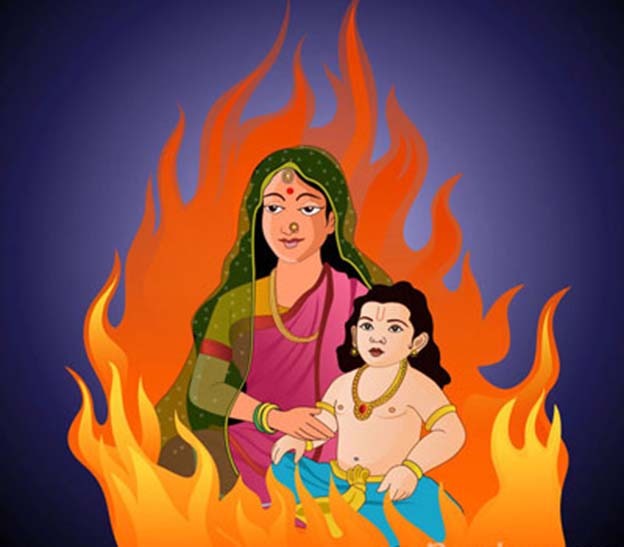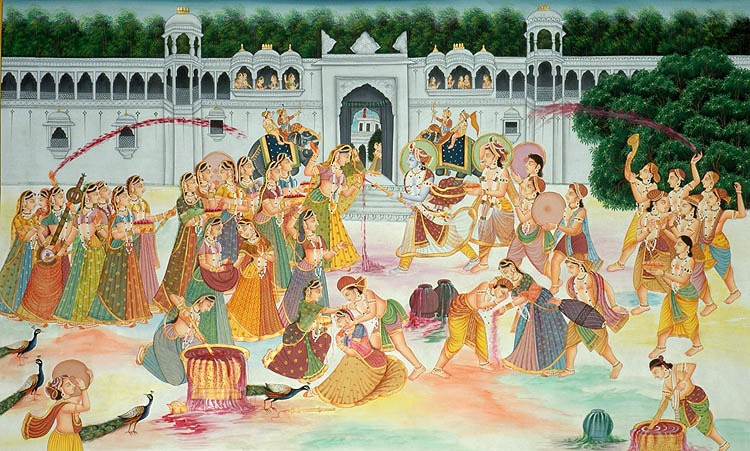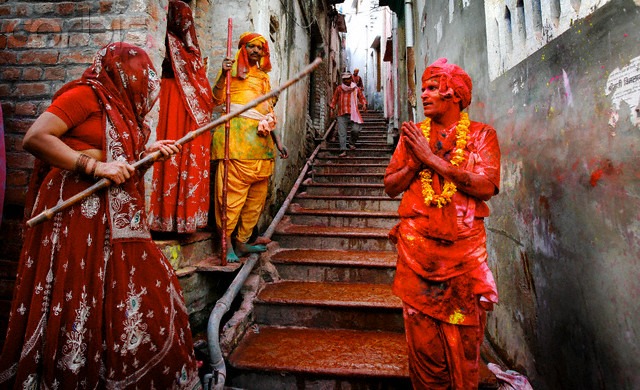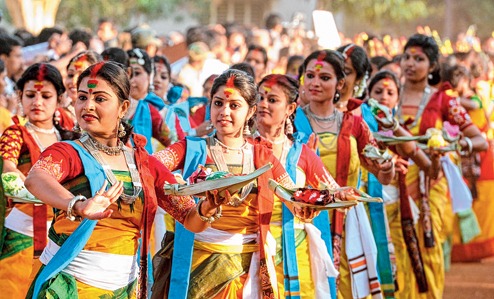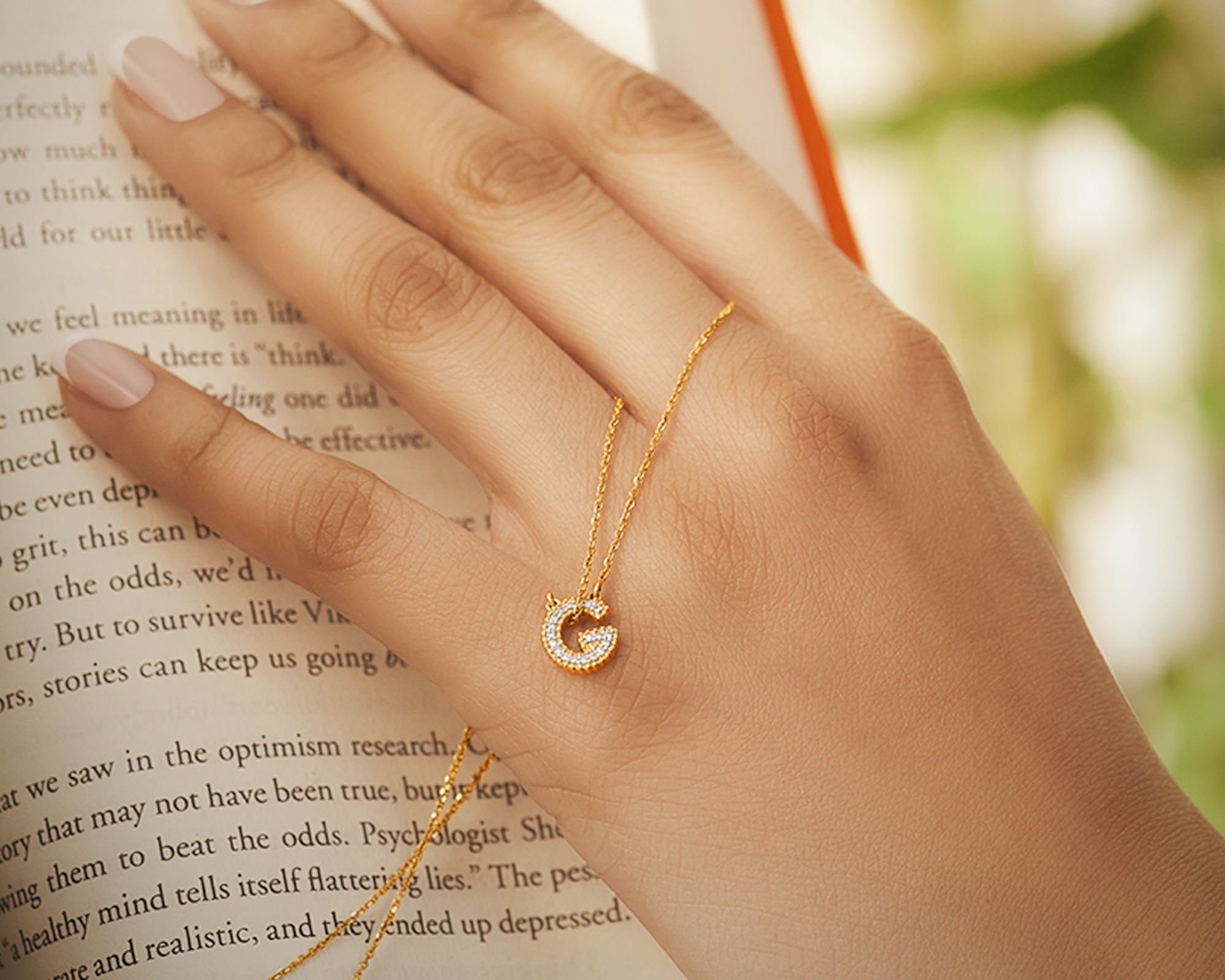A festival of multiple symbolism, Holi may have its roots in Hinduism but the idea of it appeals to all kinds of people. This festival of colour, unity and new beginnings is celebrated with great gusto globally. Here are a few facts about this vibrant time of the year.
Why is Holi celebrated?
According to Hindu mythology, the word Holi originates from ‘Holika’, the demon sister of King Hiranyakashipu who tried to burn her blessed nephew Prahlad in a pyre, but ended up burning herself to death. This story of Holi symbolises the victory of good over evil and to this date, is celebrated with the lighting of a bonfire.
Another Hindu legend traces the origin of Holi to Lord Krishna, where the blue-skinned god covered Radha in colours so that the fair-skinned lass would look like him. This scene of Krishna playing with colours with Radha and the gopis is recreated today as we celebrate it the same way with each other.
Another reason for Holi celebration that’s observed worldwide is the beginning of spring and the vibrant burst of bloom that nature brings along.
How is Holi celebrated?
- In India, we celebrate Holi as a two day festival, day one where we burn the bonfire by night and day two as we all unite to play with gulaal (powder colours) and water. This of course has many variations throughout the country.
- The traditional festival of Rangwali Holi is celebrated in most parts of the world where people cover each other in colours. They also use water guns and balloons to splash each other.
- In India, the festival has various traditions like the sipping of bhang or thandai which are intoxicating drink. The famous sweet called gujiya is also shared with each another.
- Another curious tradition in Uttar Pradesh is that they play with not only colours but lathis (sticks) where the women chase men with sticks. They call it lathmar holi.
- In West Bengal, they celebrate Basant Utsav where they indulge in folk music and delicacies to welcome spring.
- Some other names for Holi celebrations throughout India are, Khadi Holi (Uttarakhand), Shigmo (Goa), Yaosang (Manipur) Manjal Kuli (Kerala), Phaguwa (Bihar), Phakuwah (Assam), Rang Panchami (Maharashtra and Madhya Pradesh) and Royal Holi (Rajasthan). The festival of colour remains the same but every state brings in a little tradition of its own.
You too can celebrate these hues of Holi in your own way by indulging in the vibrant gemstone jewellery at caratlane.com.
Image credits: pinterest.com, exoticindia.com


